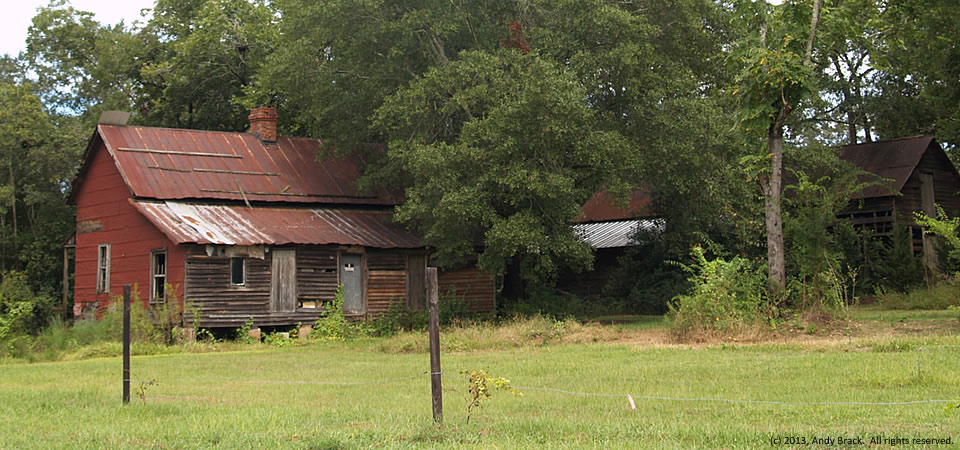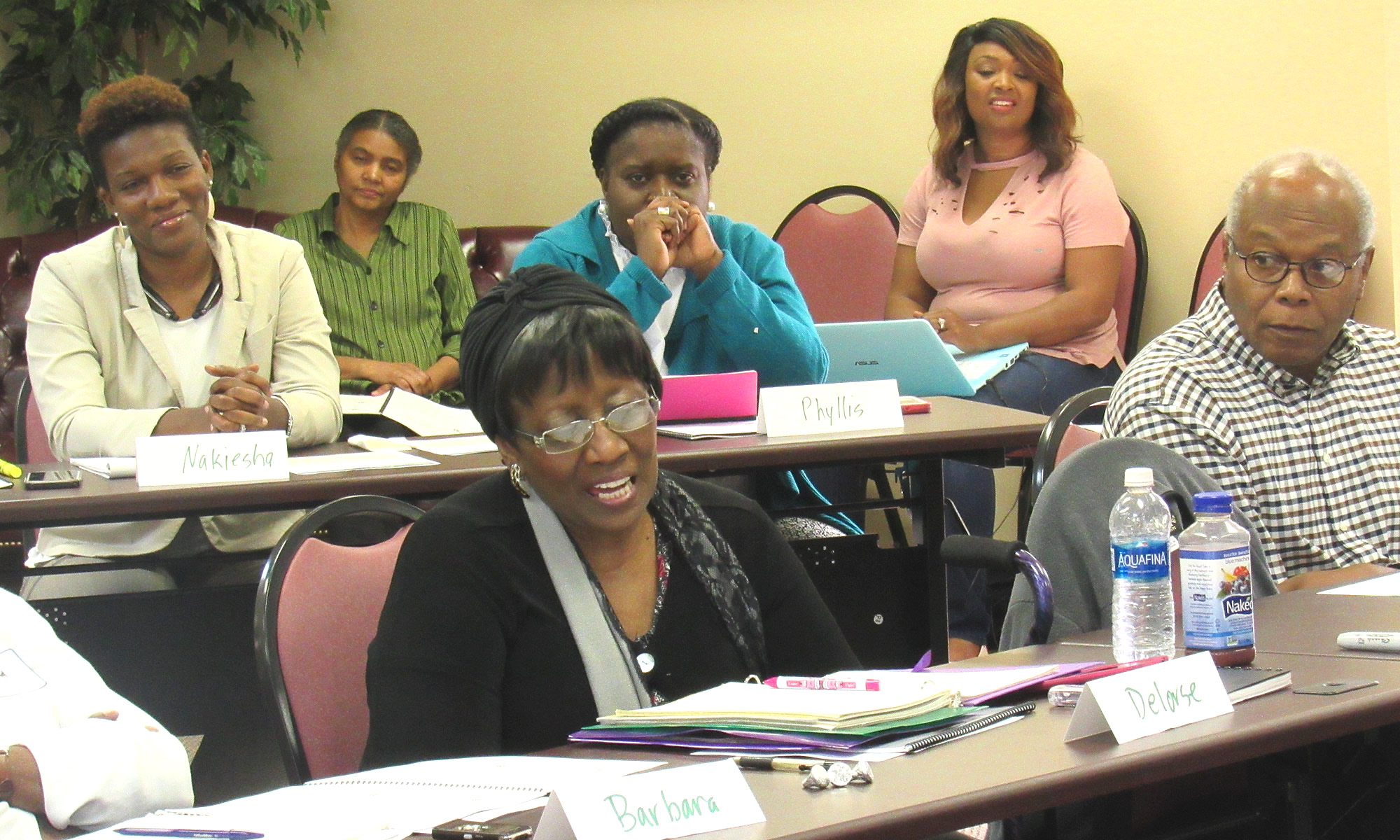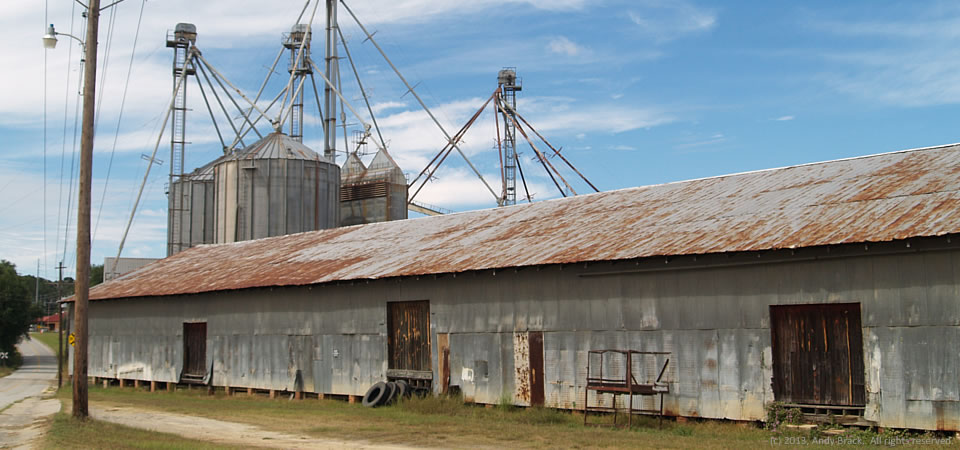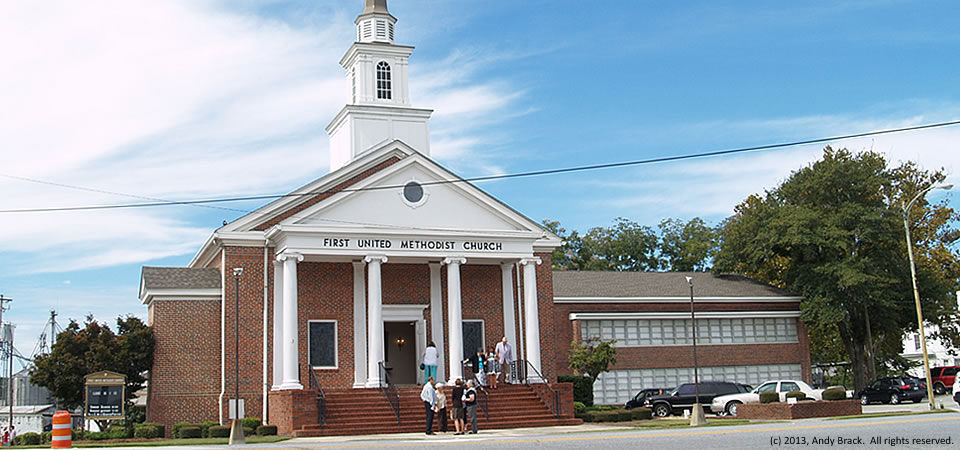
In many towns across the rural South, it’s not hard to find old homes near downtown that were once at the edge of town. They blended a little of country and city at the same time.
While decrepit now, this old house might soon be in for an upfit, based on some of the stuff in the yard that’s outside of the picture. The property sits about two blocks off the main street in Sylvania, Ga.
Sylvania, the county seat of Screven County, had 2,675 people in 2000, according to the Census. Screven County got its start after the Revolutionary War and soon became part of the Black Belt of Georgia where cotton became an important staple crop tended by enslaved African Americans.
The county’s population jumped from 3,019 in 1800 to 8,274 by 1860, according to Census figures. While it had 14,593 people in 2010, the county lost an estimated 391 people — 2.7 percent — by 2012, according to the U.S. Census. In 2010, Some 25.4 percent of county residents lived below the federal poverty level, 9 points higher than the state average.
Photo taken Sept. 22, 2013, by Andy Brack. All rights reserved.



